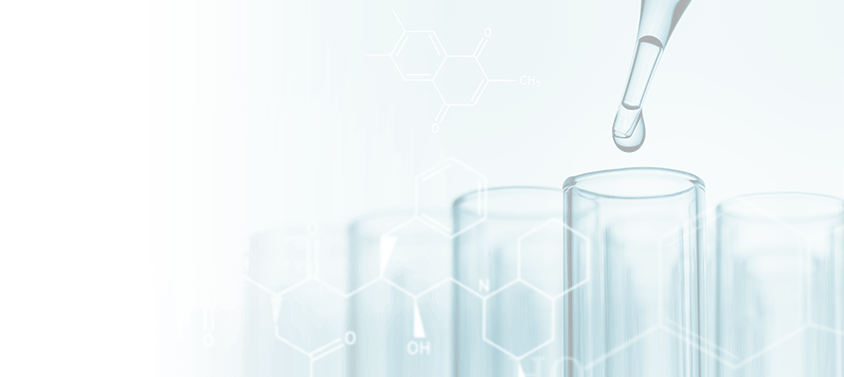All 10 of the world's largest chemical companies use JMP.
For research and development
- Define the most cost-effective new data collection method and analysis plan needed to get started.
- Achieve better outcomes by finding robust solutions to problems faster.
- Meet project milestones more predictably.
- Improve efficiency across teams by quickly sharing your discoveries.
For process and product development
- Modify prototypes through various design stages, refining a final product definition that customers will want to buy.
- Determine whether a new product has the desired "wow factor."
- Achieve development milestones more predictably, thereby enabling your organization to increase R&D output and improve speed to market.
- Increase the speed and quality of analysis by automating routine, manual tasks.
For manufacturing
- More effectively monitor processes to ensure consistent quality and identify and troubleshoot possible batch failures faster.
- Continually improve processes and products when in production to increase quality and reduce waste.
- Develop effective analysis plans to drive out high-failure or high-cost aspects of a process.
- Save time by easily accessing and cleansing production data in a single self-service platform.
For analytical chemists
- Quickly collect and aggregate data from multiple sources.
- Assess data quality to determine whether any curation is needed before further analysis takes place.
- Save time by consolidating the complete analytic workflow into one self-service platform.
- Effectively communicate across functions when the data indicates an issue with a product or process.
75%
reduction in design time
BASF
“Twice the result
in half the time”
DuPont
30-fold
reduction in contaminant occurrence
Kodak
JMP Capabilities Ideal for the Chemical Industry
Design of Experiments
Utilize mixture, classical or custom designs and analysis to learn better and faster, getting more information out of each experimental run.
Statistical Process Control and Process Capability
Monitor the stability of your process and look for changes in variability. Determine how capable your process is at meeting spec limits.
Data Visualization and Cleaning
Easily explore data with drag-and-drop visualizations and update graphs utilizing filters and a column switcher.
Data Mining and Predictive Modeling
Look through historical data to better understand key drivers of your response using statistical techniques such as regression, partial least squares, principal components analysis and decision tree analysis.
Process Optimization
Find the ideal process settings in a design to get ideal results.
Monte Carlo Simulation
Determine how robust your process is to variation by utilizing a statistical model with simulation and finding a region with minimal sensitivity to variation.
